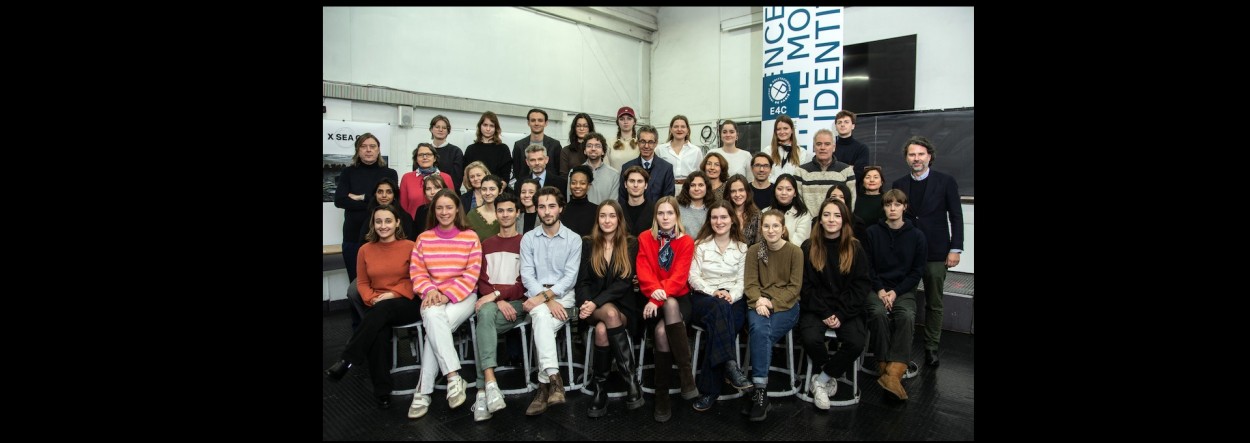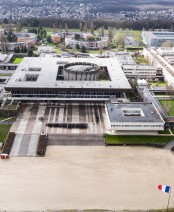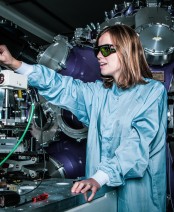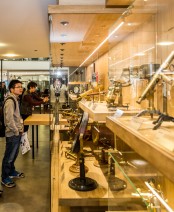An architectural project to give shape to the XSeaO2 program financed by the Ifker fund

The XSea02 project, a research program of the interdisciplinary EnergyforClimate Center (E4C), is seeking to recover CO2 dissolved in seawater to produce synthetic fuels.
"Producing synthetic fuels from abundant, renewable sources is a major challenge in tackling the current energy crisis," points out Cédric Tard, scientific director of the project and head of the Molecular Chemistry Laboratory (LCM, CNRS, École polytechnique-Institut Polytechnique de Paris,
"The demonstrator will initially be sized for deployment on École Polytechnique pond, before being extended to a prototype operating in a marine environment," he adds.
This project, financed by the Ifker Climate Fund, is the subject of a demonstrator installed on the surface of the artificial pond on École polytechnique campus. Created in 2022 thanks to the patronage of Agnès and Stéphane Ifker (X 1993), and hosted by École polytechnique’s Foundation, the Ifker Climate Fund supports research into the energy transition carried out by the E4C Center.
Thirty students in their 5th year of Interior Architecture, Communication and Art Direction at École Penninghen, under the guidance of architect Jean Le Lay and art director Caroline Sauvage, were invited to École polytechnique’s campus to imagine the design of the XSeaO2 demonstrator.
Of the six proposals submitted by the students, the Nautilus project was selected by the sponsors. This project will take the form of a "floating island" on the surface of the campus's artificial pond. Measuring 67 metres long, 61 metres wide and 1.5 metres high, it combines strength and lightness. It will be powered by 295 solar panels mounted on vegetation felt. The island will cover a surface area of 501.5 square meters, 314 square meters of which will be dedicated to walkable green spaces.
The structure aims to produce around five liters of fuel per day, and to gain a better understanding of the pond's chemistry and biodiversity.








